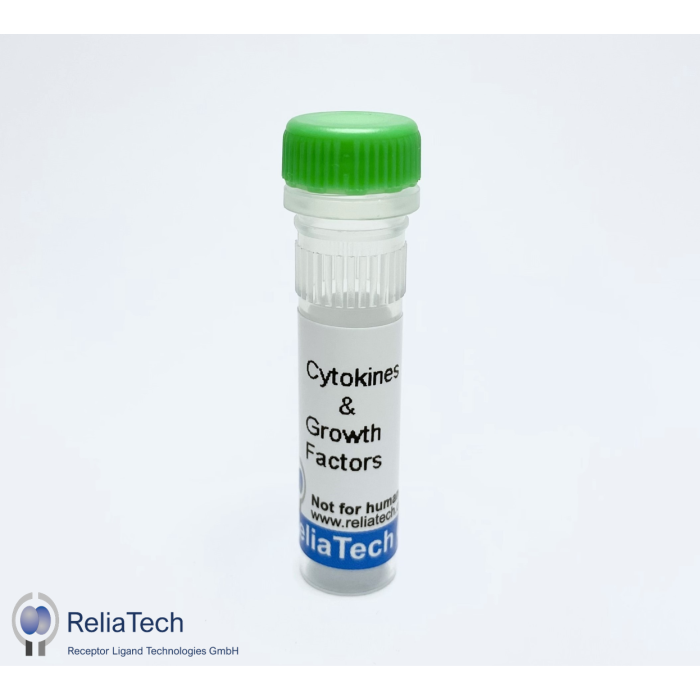Description / human PAI-1 protein
Plasminogen Activator Inhibitor-1 (PAI-1, Serpin E1) is a member of the serpin family of serine protease inhibitors, and is the primary inhibitor of urokinase and tissue plasminogen activator (tPA). PAI-1 is expressed predominantly in adipose, liver and vascular tissues, and is also produced by certain tumor cells. Elevated levels of PAI-1 are associated with obesity, diabetes and cardiovascular disease, and increased production of PAI-1 is induced by various obesity related factors such as TNFα, glucose, insulin, and very-low-density lipoprotein. The obesity related elevation of PAI-1 levels along with the consequential deficiency in plasminogen activators can lead directly to increased risk of thrombosis and other coronary diseases. Accordingly, PAI-1 has been implicated as an important molecular link between obesity and coronary disease. PAI-1 can also specifically bind vitronectin (VTN) to form a stable active complex with an increased circulatory half life relative to free PAI-1. Recombinant human PAI-1 is a 42.7 kDa protein containing 379 amino acid residues.
More Information
| Size | 10 µg |
|---|---|
| Source | E. coli |
| Biological Activity | Determined by its inhibitory effect against single chain tPA induced cleavage of a chromogenic substrate in Imidazole Buffer at 37°C. Half maximal inhibition against 1.0 μg/ml of single chain tPA was obtained at a concentration of 2.0 μg/ml. |
| Purity Confirmation | > 95% by SDS-PAGE & HPLC analyses |
| Length [aa] | 379 |
| Molecular Weight | 42.7 kDa |
| Species Reactivity | Mouse |
| Formulation | lyophilized |
| Protein Sequence | VHHPPSYVAH LASDFGVRVF QQVAQASKDR NVVFSPYGVA SVLAMLQLTT GGETQQQIQA AMGFKIDDKG MAPALRHLYK ELMGPWNKDE ISTTDAIFVQ RDLKLVQGFM PHFFRLFRST VKQVDFSEVE RARFIINDWV KTHTKGMISN LLGKGAVDQL TRLVLVNALY FNGQWKTPFP DSSTHRRLFH KSDGSTVSVP MMAQTNKFNY TEFTTPDGHY YDILELPYHG DT |
| Synonyms | Plasminogen Activator Inhibitor-1, Serpin E1 |
| Uniprot ID | P05121 |
| Protein RefSeq | NP_000593.1 |
| mRNA RefSeq | NM_000602.4 |

